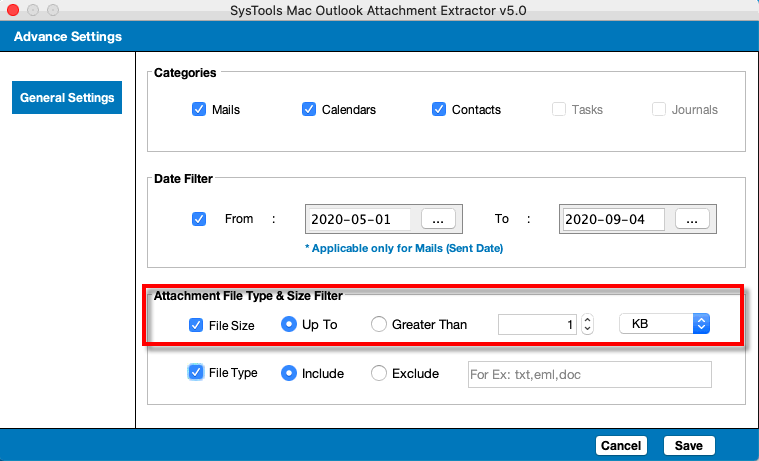

As a result, Outlook starts behaving abruptly, and users often experience performance issues.Ī large-sized PST may also turn inaccessible or corrupt due to inconsistencies and integrity issues that can lead to data loss. When the Outlook PST file approaches the set maximum PST file size limit set by the administrator, it fails to add/store more data.

Outlook 2010, Outlook 2013, and Outlook 2016 has file size limit up to 50 GB.Outlook 2002 and prior versions of Outlook allow you to store data only up to 2 GB.PST File Size Limits for Different Versions Once the set PST file size limit reaches or exceeds, no more data can be saved in the PST file.

Outlook 2002 and earlier versions use American National Standards Institute (ANSI) format, whereas later versions of Outlook employ the UNICODE format.Īlong with different formats, Microsoft has also set different Outlook. These formats are of two types - ANSI and UNICODE. Each version of Outlook has a different format. In other words, it is a data file used for the storage of Outlook email objects, such as contacts, attachments, appointments, journals, tasks, events, etc. It is also referred to as a Personal Folder file. When you add or set up a POP email account in Microsoft Outlook, it stores all the data in single Outlook data file, known as Personal Storage Table (.PST).


 0 kommentar(er)
0 kommentar(er)
